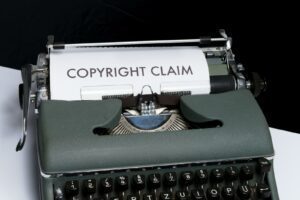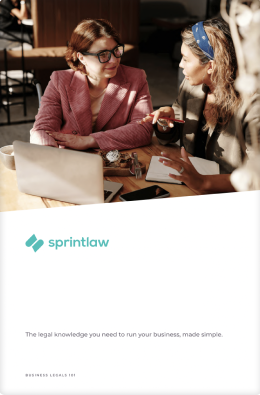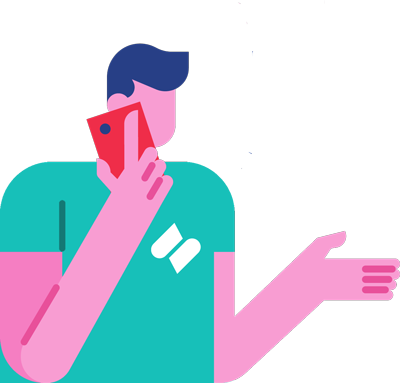Contents
In any business, it’s really important to protect your branding so that nobody else makes a profit from it.
You might have heard the words ‘trade marks’ and ‘copyright’ floating around when people tell you that you need to protect your brand’s assets.
Trade marks and copyright are two ways you can protect your intellectual property.
And, in small businesses, these are the two main ways you can protect your brand.
So, what exactly is the difference between them? Here’s what you need to know.
What Is A Trade Mark, Anyway?
A trade mark is a right that gives you exclusive use over that trade mark for up to 10 years in Australia.
To explain what this means, let’s go through an example.
Let’s say you set up a business as a sole trader. You might register a trading name for that business, too. These are administrative tasks that you have to do to formally set up a business.
However, to actually protect your rights over the business name, you can apply for a trade mark through IP Australia. Even if you already have the business name registered, you do not have an exclusive right to use it in Australia unless you have a registered trade mark.
To apply for a trade mark, you’ll have to go through IP Australia (and we can help!).
It can sometimes be a lengthy process for an IP Australia examiner to assess whether your application is successful. Once it is successful, though, your trade mark will be registered and visible on the public trade mark search.
Why Is It Important to Trade Mark?
As your business grows, the last thing you want is someone else making money from your business name. To protect your brand and your customer base, applying for a trade mark sooner rather than later makes sure that only you have the rights to that name (or logo).
So, it’s actually quite important to think about this early on. You can apply for a trade mark for your business name, a slogan, a product name, or even a colour!
What Does Copyright Mean?
Copyright works a little differently to trade marks. Unlike trade marks, you don’t need to register copyright.
Instead, copyright is an automatic right that arises as soon as you express your idea in some sort of material form. This means that your website, software code or designs will already have copyright protection once you’ve created them (we’ve written more about how this works here).
To actually protect that copyright, you can do it contractually. This is because copyright ownership is generally given to whoever first created the work. So, to define who will own the copyright, you can clearly lay this out in a contract with suppliers, customers, designers, employees or any contractors you work with.
For example, you might want to have Intellectual Property clauses in your Employment Agreement so that, whenever an employee does work for your business, the copyright is still owned by the business. Or, if you’re working with a graphic designer to create your logo, you might want them to sign something that ‘assigns’ the ownership of that copyright to your business after they’ve created it.
As a basic first step, it’s always a good idea to have a Copyright Disclaimer on your website or any place where original work is displayed. This tells others that your work is protected by your copyright.
Copyright is a little more flexible than trade marks, since there is no public registration system and it can instead move between contracts. However, it’s still important to get it right.
What Is The Difference Between Trade Marks and Copyrights?
The main difference between a trade mark and copyright is that you register a trade mark, whereas copyright is automatic.
And they both offer different protections for different types of intellectual property.
Trade marks generally protect branding assets such as your business name or logo. However, copyright protects a more broad range of business assets—any “original work” that has been created can be protected by copyright.
Protecting branding assets and business assets involve very different processes, so it’s important to understand your rights. While trade marks are a stronger form of protection (since they are publicly registered on IP Australia), you can still take legal action against someone for infringing your copyright.
However, the last thing you want is to get into any messy disputes. As a small business, you want to get it right from the very beginning and avoid having to completely re-brand later on. This is why it’s important to think about trade marks and copyright sooner rather than later.
Speak With A Lawyer
If you need help with a trade mark or protecting your copyright, or are looking for other ways to protect your intellectual property, get in touch with us!
Don’t hesitate to reach out to our friendly team on 1800 730 617 or at team@sprintlaw.com.au for a free, no-obligations chat.
Get in touch now!
We'll get back to you within 1 business day.












